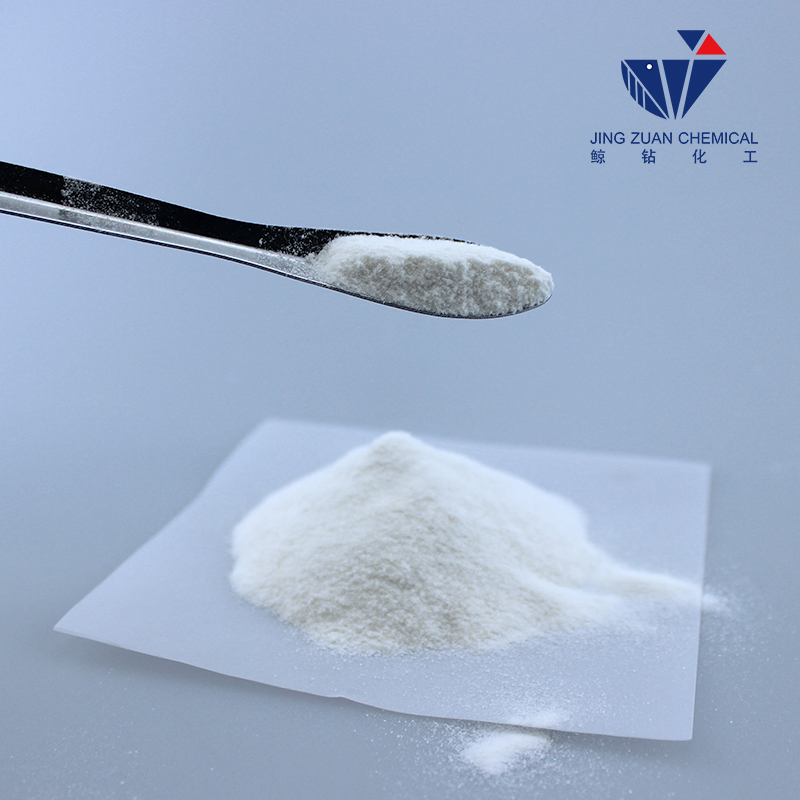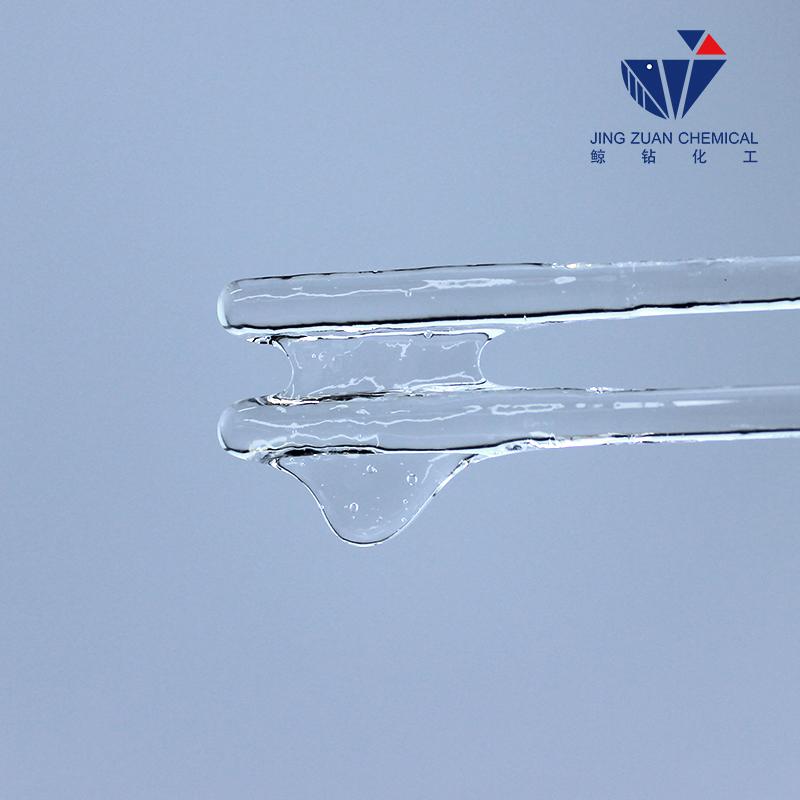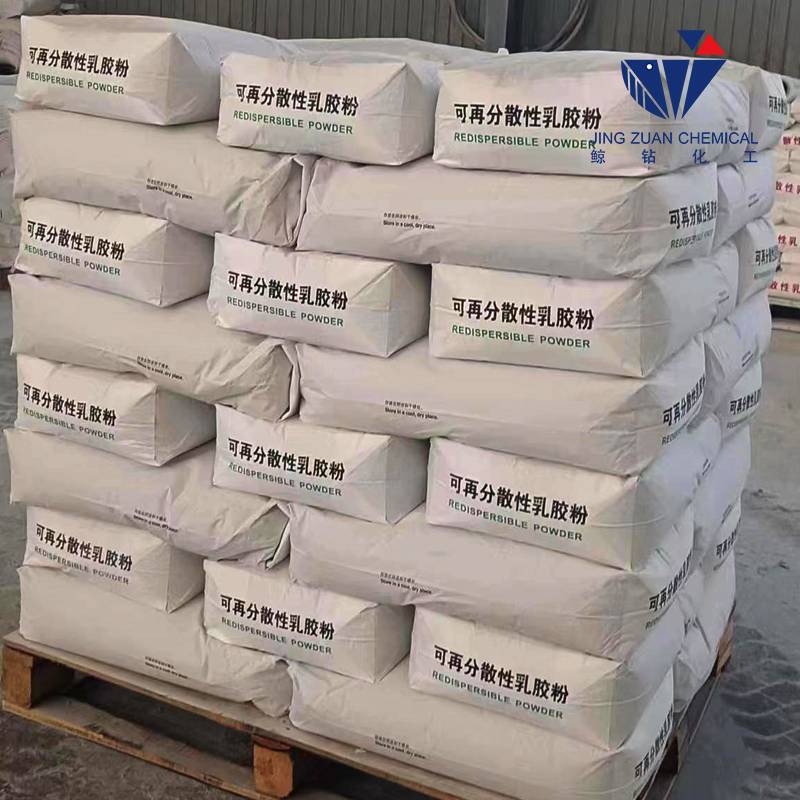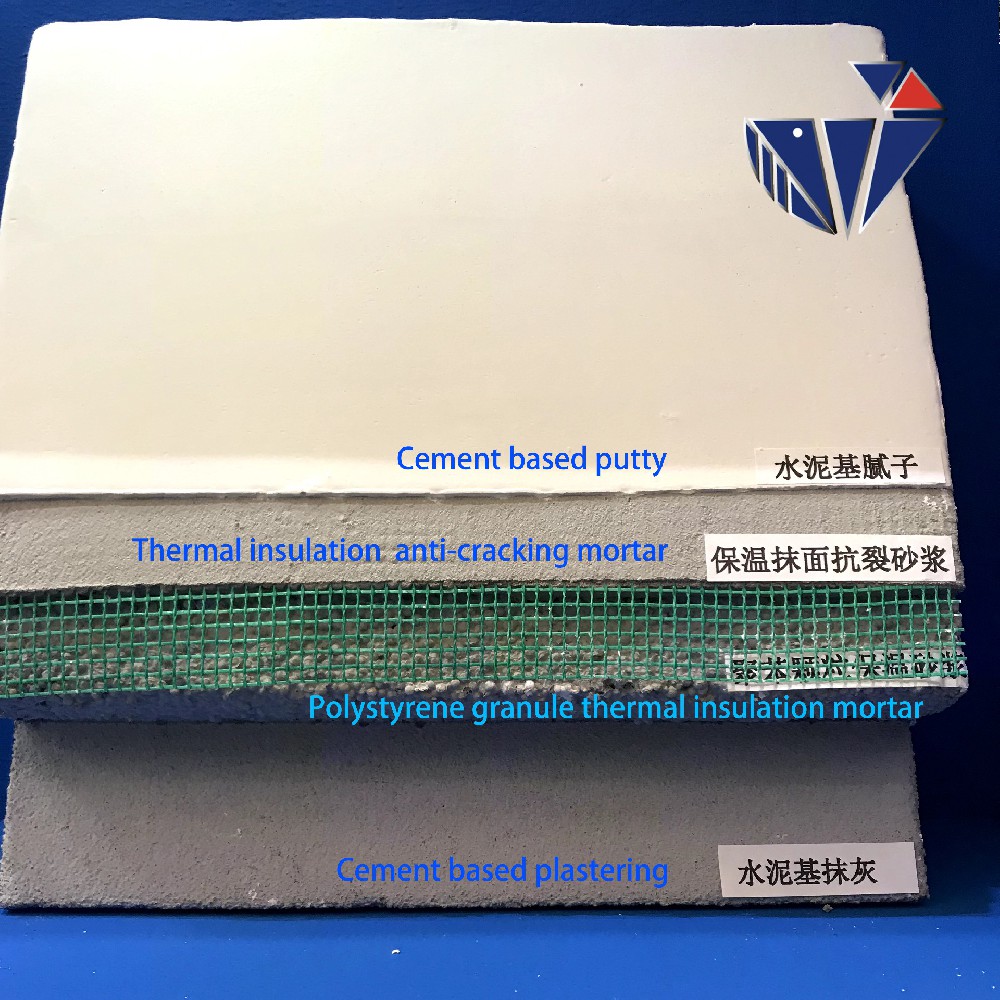
Ott . 12, 2024 04:33 Back to list
hpmc excipient
Understanding HPMC Excipient in Pharmaceutical Applications
Hydroxypropyl methylcellulose (HPMC) is a versatile excipient widely used in the pharmaceutical industry for various applications. This semi-synthetic polymer is derived from cellulose and is known for its unique properties, including its ability to form gels, control drug release, and improve the viscosity of formulations. Its compatibility with a range of active pharmaceutical ingredients (APIs) makes it a valuable component in oral, topical, and parenteral drug formulations.
Understanding HPMC Excipient in Pharmaceutical Applications
In solid dosage forms, such as tablets and capsules, HPMC plays a significant role as a binder and disintegrant. It promotes the uniform distribution of the active ingredients within the formulation, ensuring that the tablet or capsule disintegrates appropriately during ingestion. This is vital for the timely release of the drug into the bloodstream. Moreover, HPMC's properties are beneficial for controlled-release formulations, where the polymer can govern the rate at which the drug is released, providing prolonged therapeutic effects and minimizing side effects.
hpmc excipient

Another important application of HPMC is in film coating. The polymer can form a robust and flexible film around tablets, which not only enhances the aesthetic appeal of the dosage form but also protects the active ingredients from moisture, light, and other environmental factors. This protective layer can also mask the taste of the drug, making it more palatable for patients.
HPMC is known for its excellent biocompatibility and low toxicity, making it an ideal choice for various pharmaceutical applications. It is non-ionic and does not react with most APIs, reducing the risk of incompatibility and degradation of active ingredients. This characteristic is particularly important in the formulation of complex medicines that contain multiple components.
In conclusion, HPMC stands out as a multifunctional excipient in the pharmaceutical sector. Its unique properties, such as thickening, binding, stabilizing, and controlled-release functionalities, make it essential for the development of effective and high-quality drug formulations. The continued research and innovation in HPMC applications indicate a promising future for this excipient, ensuring that it will remain a staple in pharmaceutical development and manufacturing processes. As the industry progresses towards more sophisticated drug delivery systems, HPMC will likely play an integral role in enhancing therapeutic outcomes and patient compliance.
-
The Widespread Application of Redispersible Powder in Construction and Building Materials
NewsMay.16,2025
-
The Widespread Application of Hpmc in the Detergent Industry
NewsMay.16,2025
-
The Main Applications of Hydroxyethyl Cellulose in Paints and Coatings
NewsMay.16,2025
-
Mortar Bonding Agent: the Key to Enhancing the Adhesion Between New and Old Mortar Layers and Between Mortar and Different Substrates
NewsMay.16,2025
-
HPMC: Application as a thickener and excipient
NewsMay.16,2025
-
Hec Cellulose Cellulose: Multi functional dispersants and high-efficiency thickeners
NewsMay.16,2025







